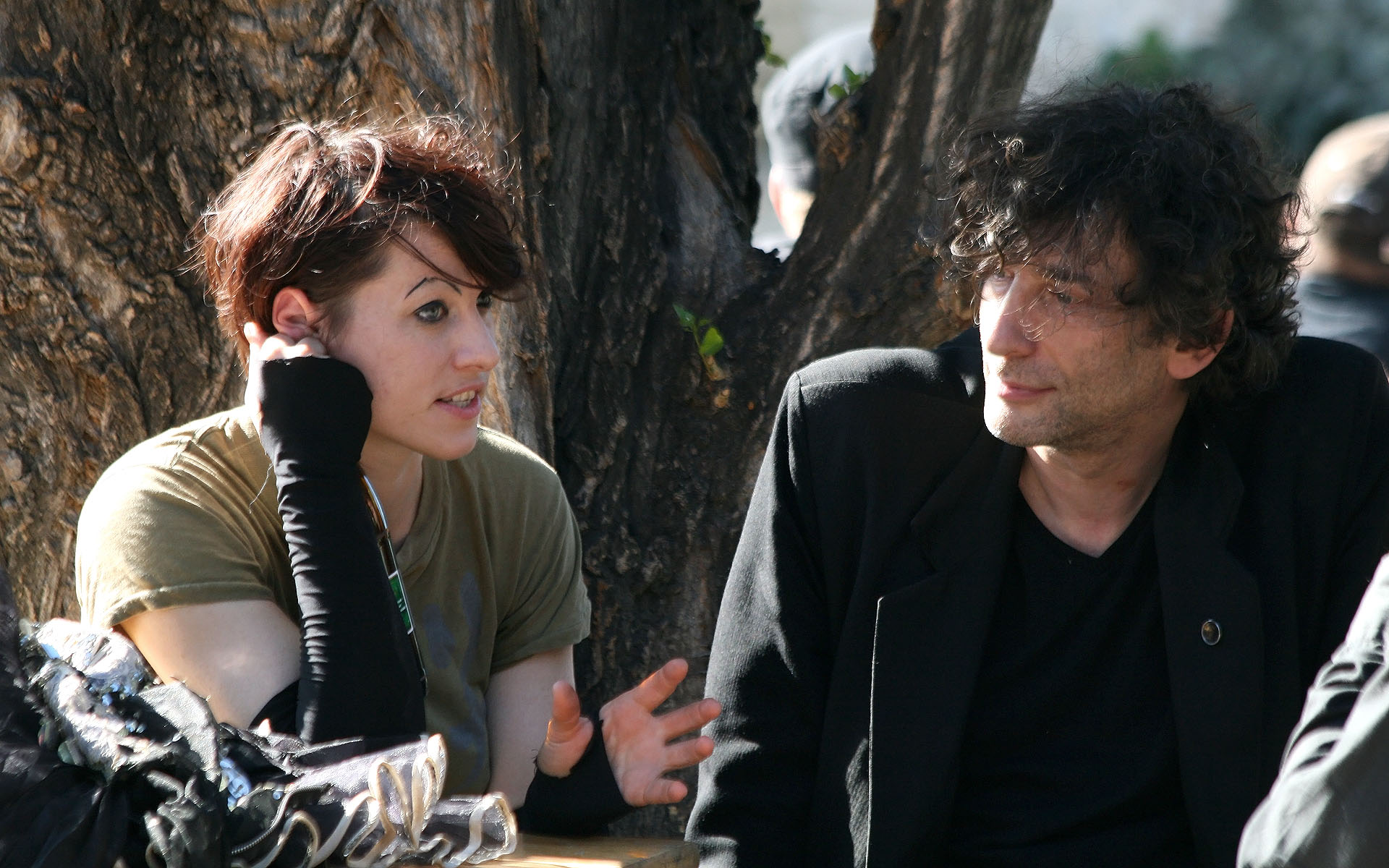Whatever shall I do with my pinks and my blues while the sun on the sea is like fire. I'll while away for a year and a day with gestures that ne'er seem to tire. For to give of oneself, one's soul and all wealth, is reputed to be most noble. But covered in paint I see all that I ain't and it's then that I feel most in trouble. For a life incomplete is bound to repeat while pursuing a pathway to riches. And what you will find if you pay it some mind is that life is best lived in the ditches.
Tag Archives: inspiration
20K – “God is in the Details…”
A long time ago, when dinosaurs roamed the Earth, in a previous life, I was a musician. Technically, I am STILL a musician, in that I still play music, and most of the instruments I once did. So, I guess what I am saying is that I was a PROFESSIONAL musician, making my living playing guitar in bands and studios. I also used to manage a department in the world’s largest music store chain. As a result, I learned a lot about recording studios and professional-grade musical equipment.
One thing I learned has morphed into a sort of catch-phrase for Tina and I whenever we embark on a creative endeavor. Actually, this concept I am about to share has integrated into our lives very deeply.
When you purchase equipment of any sort, you can usually buy consumer-grade or professional-grade varieties. Professional-grade is typically more feature-rich, higher-quality, more durable, and consequently, more expensive. In the music industry this is also true, and when you compare consumer-grade versus professional-grade recording equipment, such as effects processors (delays, equalizers, reverbs, etc.), one of the key differences is the frequency response.
Frequency response is the range of frequencies, measured in Hertz (Hz) and KiloHertz (KHz), that the processor is capable of reproducing. Typically, consumer-grade devices go from around 60Hz to 12KHz. Whereas professional-grade devices are capable of 20Hz to 20KHz, giving them a wide band of audio information, and thus much better sound.
Now, the strange thing is that the human ear is generally only capable of hearing frequencies as low as 60Hz* (think that annoying buzz of fluorescent lighting) and as high as around 12KHz* (think the lowest sound produced by a dog-whistle, or the high-pitched squeak of a cars brakes as they are wearing out).
That being the case, why would ANYONE want to pay more money for professional-grade processors when the human ear cannot detect the difference?!?
Well, therein lies the secret, and the reason for this seemingly bizarre and off-topic post. It seems that, somehow… some way… the inaudible frequency ranges between 20Hz and 60Hz and between 12KHz and 20KHz “colors” the sound in intangible, imperceptible ways, but ways in which the listener appreciates as “richer,” more vivid, more dynamic… more… “ALIVE.” Those frequencies are the details in which greatness lies. They are the realm of excellence that lies beyond the borders of mediocrity and good enough. They are the “God” that lies within the details.
A very similar thing happens with computer video cards. The human eye can perceive somewhere between 7 and 10 million colors (estimates based on several different scientific studies); however, today’s video cards generate over 16 million colors. Even though the human eye cannot technically perceive those extra 6 to 9 million colors, they affect the “quality” of the image, making it richer, more realistic, more “alive.”
And so it is that we approach every endeavor, citing “20K” to our cast and crew, our co-workers and collaborators, our friends and family, as code for adding those extra, unseen-but-highly-efficacious details to whatever project is at hand. Hopefully, the result speaks for itself, possessing some intangible quality that gives it professionalism and a sense of excellence.
* some people are capable of hearing as low as 40Hz to 50Hz and as high as 15KHz to 16KHz
Neil Gaiman is My GOD
I began writing when I was a wee lad of seven, inspired by a particularly effective "gifted students" teacher, who took her class of five or six would-be wunderkinder, sat them in a dark classroom lit only by the overhead projector upon which she had place a glass bowl of water. We were instructed to write what we saw or felt just before she began dripping oil and food coloring into the water.
My mind suddenly exploded in an almost-frightening fit of creative energy, and before I realized what I was doing, I had scribed a page and a half long story of archetypal Good vs. Evil. I didn’t know if I had accomplished what I was supposed to in the eyes of the teacher, but I knew that what had happened was one of the most magnificent experiences of my life, and something I would spend the rest of my days seeking in one form or another.
It was a matter of days before I dug out my grandmothers old Royal typewriter and began writing my first collection of stories. From there I dabbled in a variety of genres, until eventually, tremendously inspired by Edgar Allan Poe and Howard Phillips Lovecraft, I turned to dark stories of the macabre, and horror-fiction. It was around this time that my love-affair with Stephen King began, and I devoured everything I could get my hands on of his, to the point that I was rarely without a King book in my hand, my school locker, my car, etc. My writing reflected my influences to the point of outright emulation, and so it has been ever since.
I have ventured into other realms; poetry and non-fiction, fantasy and sci-fi, technical writing and dissertations, but were I to sit down and allow my hand to scrawl across the page, it would, undoubtedly, produce some "danse macabre." Most recently my writing has been almost exclusively for the screen (aside from these blog entries, of course), and I have found myself uninspired to write in any other form.
Then along came Neil Gaiman.  I admit, embarrassingly, being a bit of a late-comer to his fandom, but my passion is right up there with the best of them.  I was awed and fascinated, humbled and frightened, and sometimes just downright devastated by the collected "Sandman" works.  Neil, dare I use the familiar… MR. GAIMAN, writes with such grace and command of language, and his tales ripple with hints of history, and allusions to literature, and the glory of those long-forgotten days when the pen was the sharpest of all weapons, and reading him often makes me feel untalented and unworthy of calling myself a writer because that is what HE is and I am not even in the same stadium that he is playing ball in.
There is a long, thin blade, about the diameter of a pencil lead, that pierces my heart like the loss of a lover when I read and finish a Neil Gaiman story.  It is another sort of "little death" – both exhilarating and annihilating all at once.  Every time I finish reading something of his, I am inspired to… do SOMETHING… sometimes write, sometimes paint, sometimes just take a walk and let it all sink in so I don’t miss a single delectable word in the tale.
And this is how I wish to touch the world.  Through the beauty and glory of recounting our flaws and foibles as well as our grace and brilliance, through stories.  Of the stage and page, screen and sound, voice and body.  For me, there is no higher calling, and if I get to traverse the same road that Neil Gaiman has trod, I will surely seek his footsteps to guide me to whatever destination awaits me.
So here I sit, gasping for breath as I am crushed by the gravity of "Fragile Things" and fearful of the "American Gods" whom I’ve yet to meet.  But "Good Omens" portend "Stardust" in my future, which I pray be guided by "Angels and Visitations" until I might, one day, reach the pinnacle of storytelling genius that he has so deftly elevated to dizzying heights and rarefied atmosphere.


